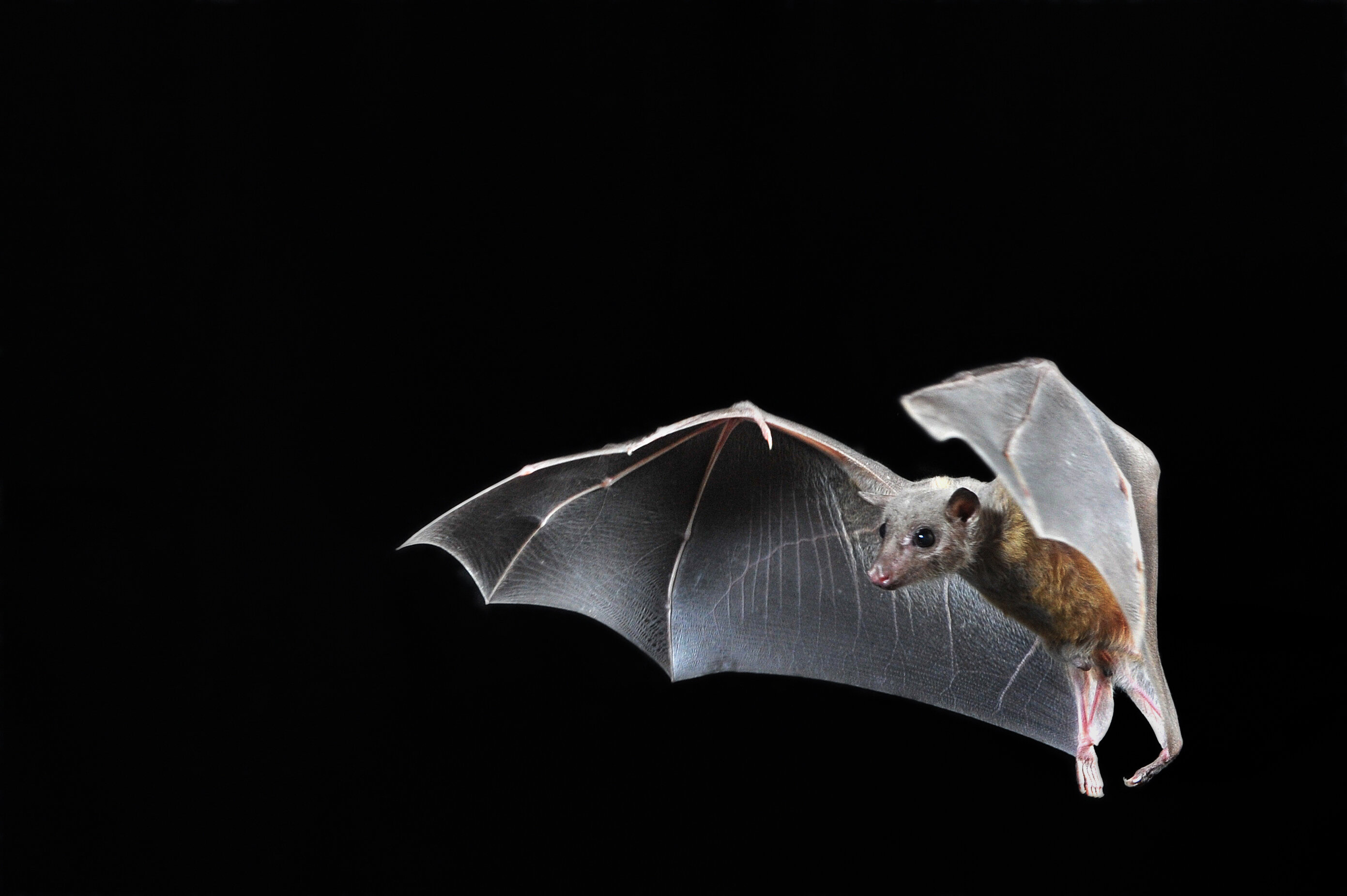Bats play a crucial role in ecosystems, particularly through their dietary habits. In North America, bats primarily feast on insects, including mosquitos, moths, and leafhoppers. Astonishingly, a single bat can consume up to 1,000 insects per hour. This natural pest control is not only beneficial for reducing the number of disease-carrying mosquitos but also for protecting crops from pests like corn earworms, thereby providing a vital service to farmers across the country.
Understanding the economic value of this service is the focus of environmental economists like Amy Ando, a professor at The Ohio State University. Ando’s work aims to quantify the financial benefits provided by animals and ecosystems to ensure they are adequately valued and protected in our modern economy. This valuation is particularly important given the costs associated with environmental threats such as deforestation and Climate change.
In a 2022 paper co-authored by Ando and Dale Manning, the financial losses to farmers due to a wildlife disease called white-nose syndrome, which has been devastating bat populations across the United States, were estimated. The study highlights the significant impact of this disease on agriculture, illustrating the importance of investing in bat Conservation.
Ando explained her work in a discussion with Vox reporters Benji Jones and Byrd Pinkerton for the podcast series Unexplainable. She emphasized that environmental economists conduct policy design and non-market valuation, essential for making informed government decisions about environmental protection. These economists put a monetary value on the benefits provided by nature to justify the costs of conservation efforts.
One striking example from Ando’s research is the valuation of bats’ pest control services. By analyzing USDA data on farmland, Ando and Manning found that the loss of bats due to white-nose syndrome led to a decrease in land rental rates by almost $3 per acre. This drop translated to an annual economic loss of between $420 and $500 million, underscoring the significant financial impact of bat population declines.
While such economic valuations are crucial for policy-making, Ando acknowledges the controversy and ethical considerations of putting a dollar value on nature. However, she argues that these valuations are necessary for making compelling cases for environmental protection in policy frameworks that rely on cost-benefit analyses.
Ando’s research also extends to non-use values of nature, such as intrinsic and spiritual values. For example, a study on tallgrass prairie restoration in Illinois showed that people were willing to pay more for grasslands that hosted a greater variety of birds, including endangered species. These findings illustrate that people place significant value on the mere existence and diversity of natural ecosystems.
This article by Trinity Sparke was first published by One Green Planet on 28 June 2024. Image Credit :Rudmer Zwerver/Shutterstock.
What you can do
Help to save wildlife by donating as little as $1 – It only takes a minute.






Leave a Reply